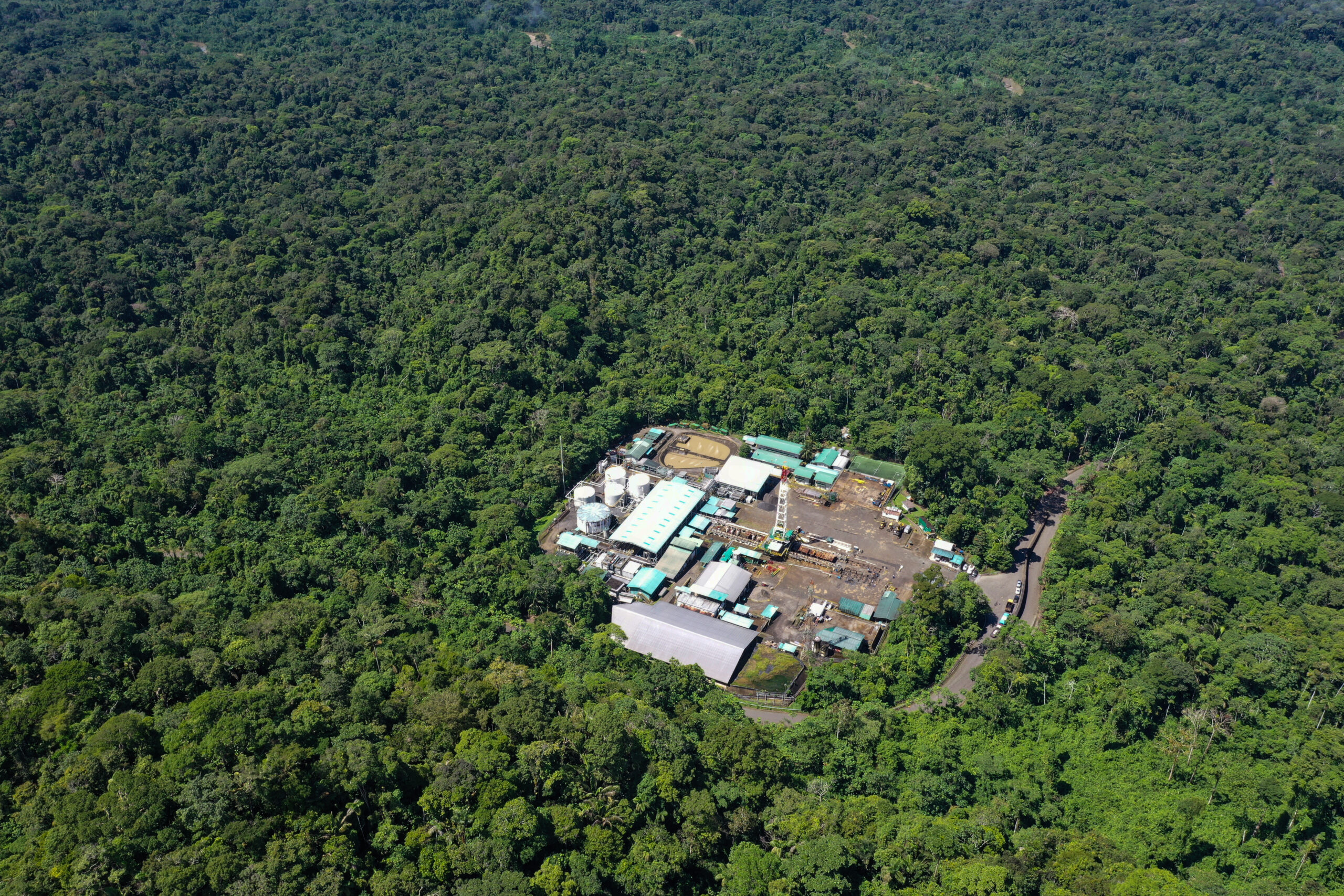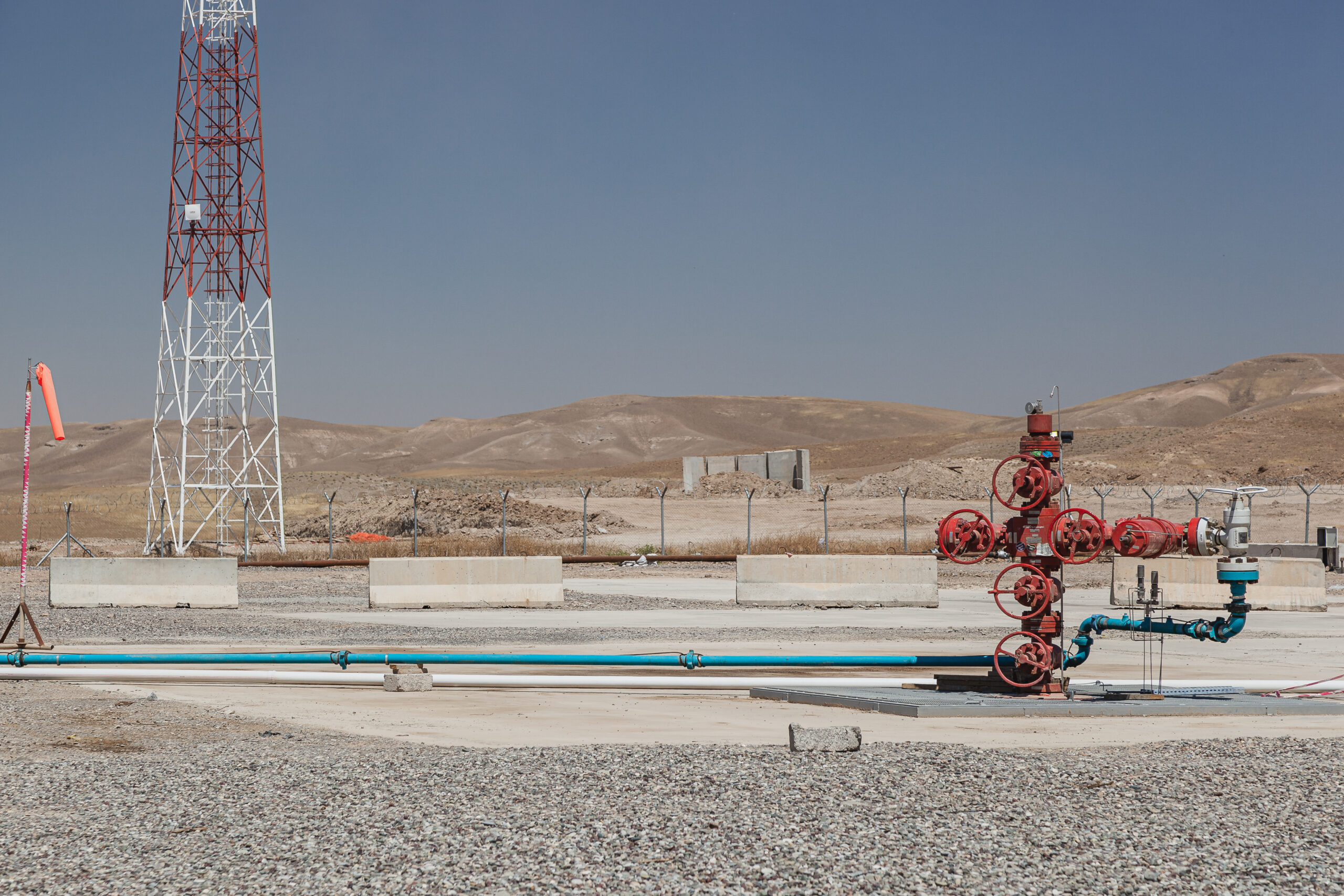Guyana’s climate credentials tested by fossil fuel “bridge”
A new gas-to-power project, dubbed a fossil fuel “bridge,” poses a challenge in a country that is especially vulnerable to climate change.

Guyana is close to breaking ground on a new gas-to-power project, a cornerstone of what the oil industry and the government describe as a “bridge” to a renewable energy matrix. The challenge for this new oil-producing country, which is especially vulnerable to climate change, is to keep that fossil fuel bridge as short as possible.
Guyana burst onto the international oil map in 2015, when ExxonMobil and its partners, fellow U.S. oil company Hess and Nexen, a unit of China’s state-owned CNOOC, made the first of more than two dozen offshore oil and gas discoveries on the Stabroek block. Oil production kicked off in December 2019 in what ExxonMobil executives have touted as a record-fast development.
Light sweet crude oil production from the block’s Liza field is now approaching 400,000 b/d, and is slated to surpass 1 million b/d by 2030. The oil is exported to global markets, while operator ExxonMobil reinjects most of the associated gas into the reservoir to boost oil recovery.
By the end of 2024, Guyana plans to start incorporating some of that gas into its economy. Under a 2022 Heads of Agreement with the government, the Stabroek partners will invest $1 billion to build a 120-mile subsea and above-ground pipeline to transport at least 50 million cubic feet a day of gas to shore. From there, a processing plant will strip out gas liquids, leaving dry gas to supply a 300-megawatt power station. The new plants will be built at Wales on the West Bank of the Demerara River.
Guyana’s case for gas rests on overhauling its unreliable and costly electricity system that is mainly based on imported heavy fuel oil and diesel. According to a 2022 study by Guyanese consultant Justin Ram, the gas-to-power project will bring “significant transformational benefits” in the form of affordable, accessible, and more reliable electricity; economic diversification and job creation; foreign exchange savings; and environmental benefits.
Steady, lower cost electricity and additional gas supply could encourage the development of new industries such as fertilizers, and make existing economic drivers such as bauxite more competitive. Guyana might even consider building an aluminium smelter to add value to its key raw material, Ram told Gas Outlook.
Guyana cautiously embraced oil and gas in the 2022 update of its Low-Carbon Development Strategy (LCDS), first published in 2009, six years before the advent of the country’s oil era. In the revised document, Guyana pledges to manage oil revenue “strategically and responsibly” to improve Guyanese living standards and diversify the economy. It notes that “most of Guyana’s oil and gas will serve global demand, and the trajectory will be set by those who create the demand,” putting the onus of phasing out fossil fuels on the countries that most consume them.
The report’s main focus remains Guyana’s extensive rainforests that cover an area equivalent to England and Scotland combined. Blanketing about 85% of Guyana’s territory, the forests are estimated to store 19.5 billion tons of CO2e.
Under a 2009 agreement with Norway, Guyana earns payments for preserving these forests to finance low-carbon developments. The latest outlay will finance eight solar plants with total installed capacity of 33 megawatts and associated battery storage of 34 megawatt-hours in the Berbice, Linden and Essequibo regions. A tender for this solar programme, known as Guysol, is expected to be awarded after June 12 regional elections.
Renewables dwarfed by fossil investment
But Guyana’s solar plans and related renewable initiatives to expand hydro and install wind energy are dwarfed by fossil fuel investment. This mismatch illustrates one of the conclusions of a new International Energy Agency study which shows that global investment in clean energy technologies is significantly outpacing spending on fossil fuels. Yet most of the clean energy spending is concentrated in advanced economies. The majority of emerging economies, in contrast, are still spending more on fossil fuels, the study found.
Last year, Guyana’s government awarded a $759 million contract to a consortium of two little-known contractors, Lindsayca and CH4, to build the gas power station and LPG plant, on top of the $1 billion cost of the gas pipeline and associated expenses that are expected to bring the total pricetag to nearly $3 billion.
And Guyana is not limiting its fossil fuel plans to gas. The government is promoting the construction of a 30,000 b/d oil refinery, in spite of the Caribbean’s abundant underutilized and mothballed refining capacity in places like Trinidad and Tobago. “I don’t think it makes economic sense,” Ram says, adding that the proposal may be linked to national pride more than commercial viability.
Upstream, Guyana is carrying out a tender to award more offshore licenses, applying contract terms that it promises will be more beneficial to the Guyanese treasury than the ExxonMobil contract is. That contract is the focus of persistent controversy in Guyana because of terms widely deemed as lopsided in favour of the company. The U.S.-based Institute for Energy Economics and Financial Analysis, among other critics, points to ExxonMobil’s 2021 extended gas flaring in Guyana, and the modest fine it paid for it, as evidence of the company’s overwhelming sway.
ExxonMobil appeal
President Irfaan Ali’s government has resisted calls to renegotiate ExxonMobil’s deal out of concern for undermining investor confidence.
More recently, it has joined the company’s appeal of a Guyanese high court ruling in May that mandates an unlimited parent company guarantee in the event of a catastrophic oil spill. In a May press conference, ExxonMobil Guyana president Alistair Routledge said the firm’s first priority is prevention, but in the “highly unlikely” event of a spill, the company and its partners have ample financial resources to address it.
Multi-ethnic Guyana is one of the world’s last new oil and gas provinces. It is also especially vulnerable to the devastating climate effects of burning fossil fuels. About 90% of Guyana’s 800,000 population lives near the low-lying coastline, and rising seas threaten the key rice and sugar industries. The LCDS highlights the need to better prepare for widespread flooding as occurred in 2021, and urges a fortification of sea walls and mangroves.
Thanks to its abundant forests and the country’s exceptionally low rate of deforestation, Guyana is a well-established net carbon sink. But the longer and wider it builds its fossil fuel “bridge”, the shallower that sink threatens to become. The balance will likely be determined by the Guyanese themselves. As they start to see the economic fruits of rising oil and gas production, Ram predicts there will be more grassroots pressure to accelerate the country’s energy transition. “I don’t think that we should try to shortcircuit what needs to happen first,” Ram said. The Guyanese people “need to see their incomes grow. They are coming from a far too low base compared to the natural resources that our country has.”



